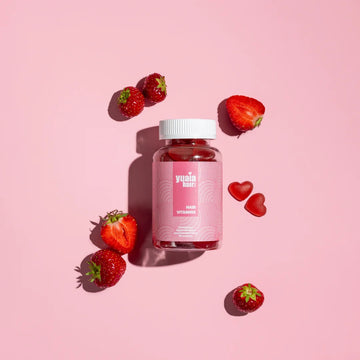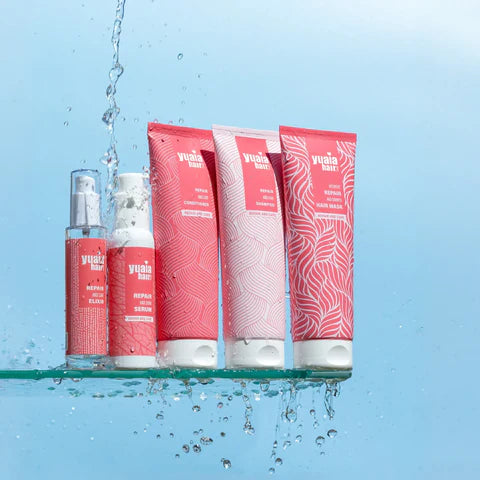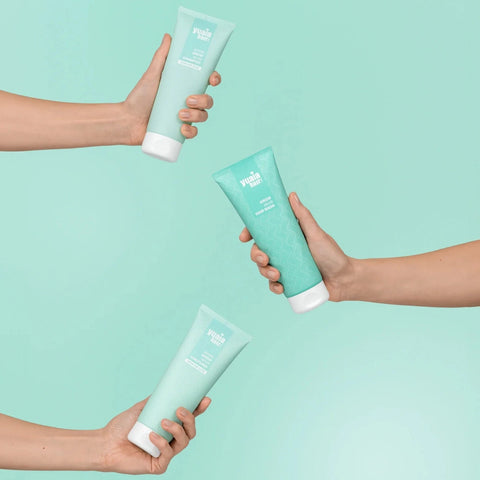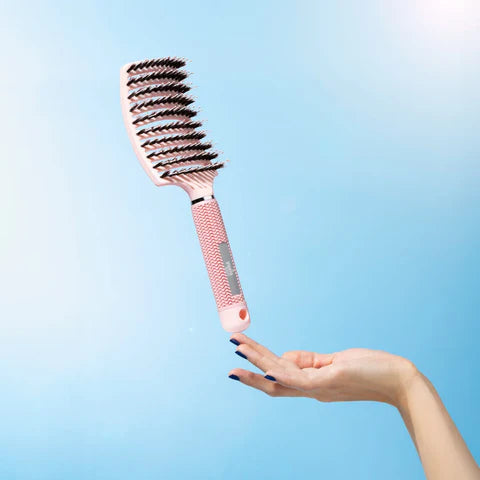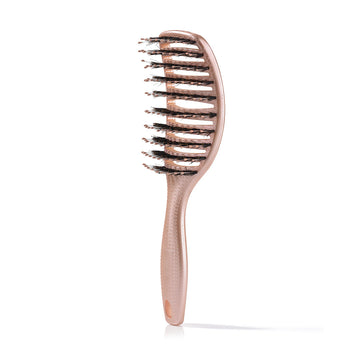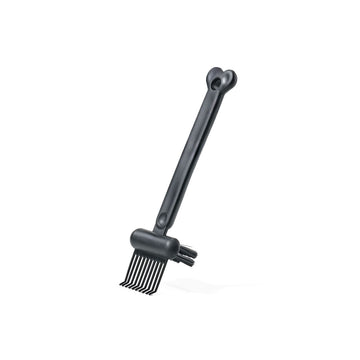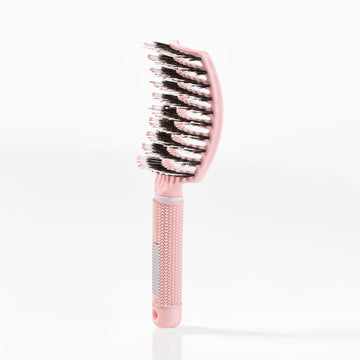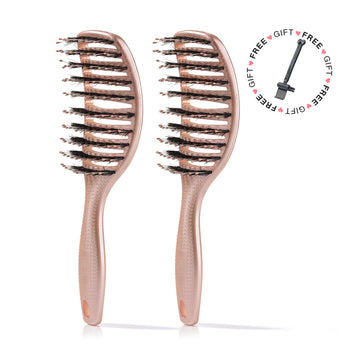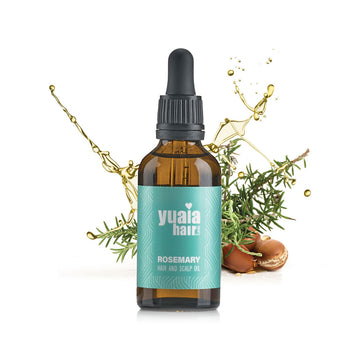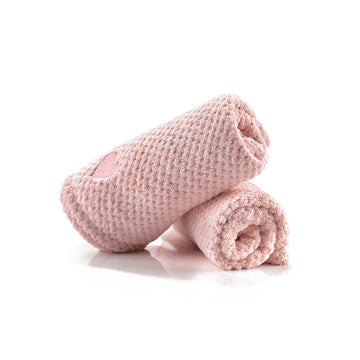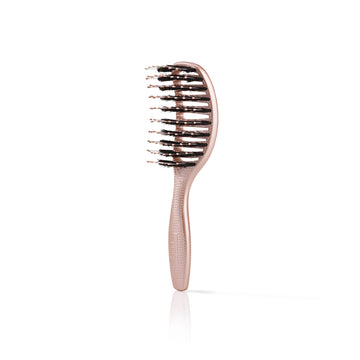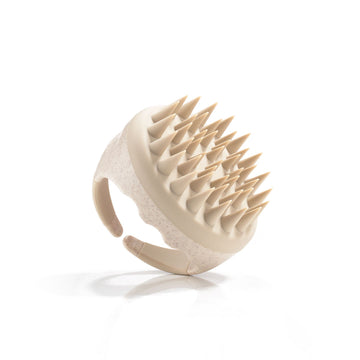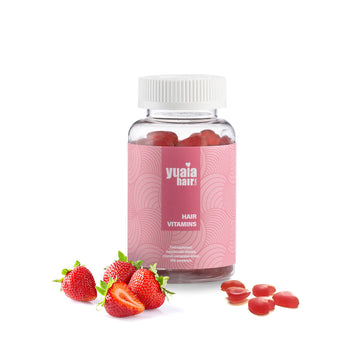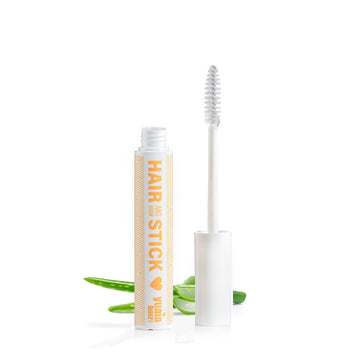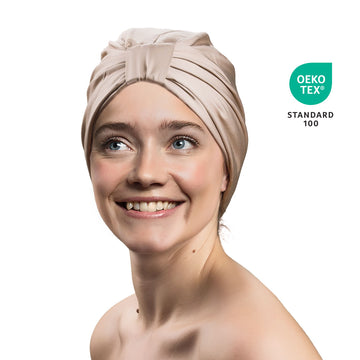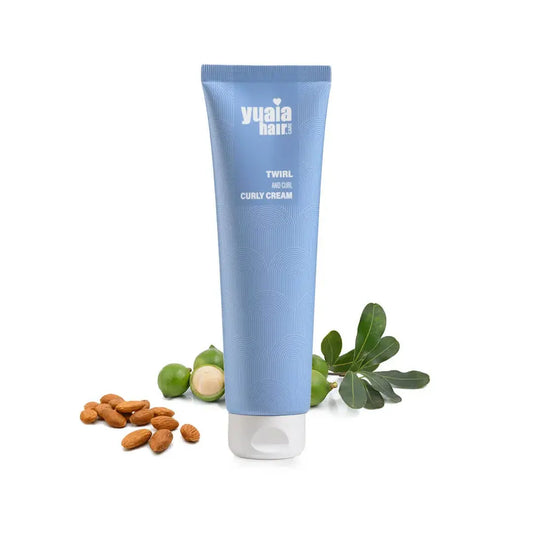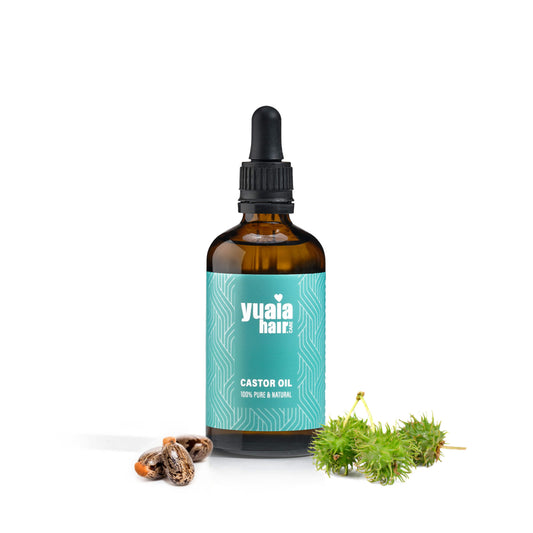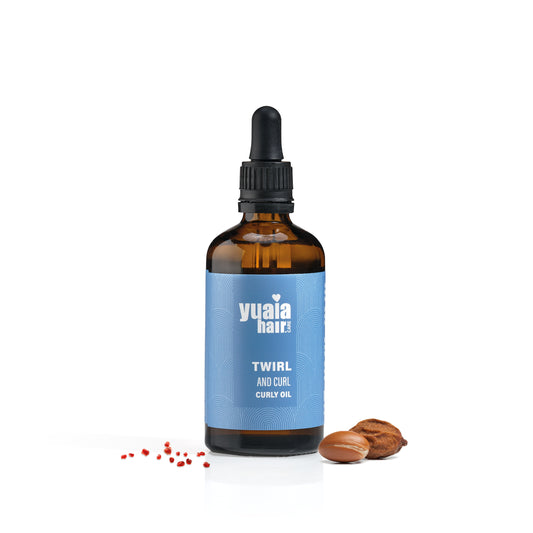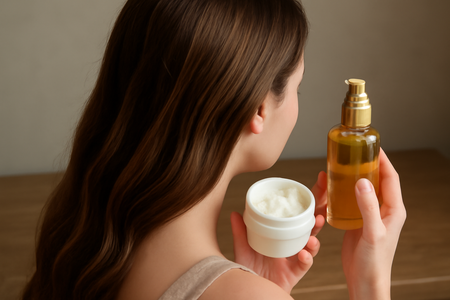
Understanding hair oil: Composition and benefits
Hair oils offer a lightweight alternative to hair butters, making them a versatile choice for a variety of hair types. Composed mainly of polyunsaturated fats, hair oils are known for their ability to seal in external moisture and prevent water loss from the hair. This makes them particularly effective in maintaining hair health by preventing dryness and adding shine, without the added weight that butters might introduce.
Lightweight nature
The lighter consistency of hair oils allows them to be easily absorbed without leaving a greasy residue. This characteristic makes oils especially beneficial for those with fine or straight hair, as they can enhance shine and smoothness without weighing the hair down. For those looking to improve the overall appearance and feel of their hair, a small amount of oil can go a long way in adding luster and vitality.
Sealing mechanism
While hair oils do not provide hydration directly, they excel in sealing moisture into the hair. This is achieved by applying the oil after a water-based moisturizer, effectively locking in the hydration and preventing it from evaporating. This sealing property is crucial for maintaining moisture levels, which is essential for healthy, resilient hair.
Advantages
Beyond moisture retention, hair oils offer several other benefits. They can help to smooth the hair cuticle, reducing frizz and enhancing shine. Additionally, many oils support scalp health, which is a fundamental aspect of overall hair health. Regular use of hair oil can lead to improved texture and manageability, making it a staple in many hair care routines.
For those interested in incorporating hair oil into their regimen, our rosemary hair oil is an excellent choice. It's designed to nourish the scalp and hair, providing a natural boost to shine and manageability. To use, simply apply a few drops to damp hair, focusing on the lengths and ends, and style as desired.
Choosing between hair butter and hair oil based on hair type
Determining whether to use hair butter or hair oil largely depends on your hair type and specific needs. Those with textured or curly hair often find hair butter to be more beneficial due to its ability to define and protect curls. The rich, creamy texture of hair butter provides a heavier layer of protection, which is ideal for locking in moisture and enhancing curl definition.
Conversely, individuals with fine or straight hair may prefer the lightweight nature of hair oil. Oils can add a subtle shine and smoothness without the risk of weighing the hair down. This makes them suitable for daily use, particularly for those looking to maintain a polished, sleek look.
Layering techniques
For optimal results, consider incorporating both products into your hair care routine through layering. Begin with a water-based moisturizer to hydrate the hair, then follow with either a butter or oil to seal in the moisture. This approach allows you to tailor your routine to your hair's specific needs, enhancing its natural beauty and health.
For curly-haired individuals, using a product like our Twirl and Curl curly cream can provide additional curl definition and protection. This cream works to enhance your natural curls, leaving them soft and well-defined.
Best practices for using hair butter and hair oil
To get the most out of hair butter and hair oil, it's important to apply them correctly. Start by ensuring your hair is clean and slightly damp, as this helps both products perform optimally. For hair butter, a small amount can be warmed between your palms before applying it to the hair, focusing on the ends, which are typically the driest. This method helps in sealing moisture and defining curls effectively.
When using hair oil, a few drops are usually sufficient. It can be applied directly to the scalp or distributed through the lengths of your hair, depending on your needs. Hair oils are excellent for adding shine and smoothing the hair, making them a versatile addition to any routine. For those interested in a nourishing option, our rosemary hair oil is a great choice.
Common misconceptions and clarifications
A common myth is that hair butters and oils provide hydration. However, they do not hydrate the hair directly; instead, they are best used after applying a water-based moisturizer. This combination helps lock in the moisture, ensuring your hair stays hydrated longer. Another misconception is that using both products together might be redundant. In reality, layering them can enhance the benefits, especially for those with dry or textured hair.
Frequently asked questions
Which product is better for dry scalp?
For a dry scalp, hair oil is generally more effective. Oils can penetrate the scalp and provide nourishment, helping to alleviate dryness. Regular application can support scalp health and reduce flakiness.
Can I use both hair butter and hair oil together?
Yes, you can use both products together. Applying a water-based moisturizer first, followed by hair butter and then hair oil, can maximize moisture retention and enhance the overall health and appearance of your hair.
How often should I apply hair butter or oil?
The frequency of application depends on your hair type and needs. For dry or curly hair, using hair butter or oil a few times a week can be beneficial. Fine hair may only need oil application once or twice a week to avoid weighing it down.
```
 2-4 day UK delivery
2-4 day UK delivery
 25.000+ satisfied customers
25.000+ satisfied customers
 Satisfaction Guarantee
Satisfaction Guarantee

